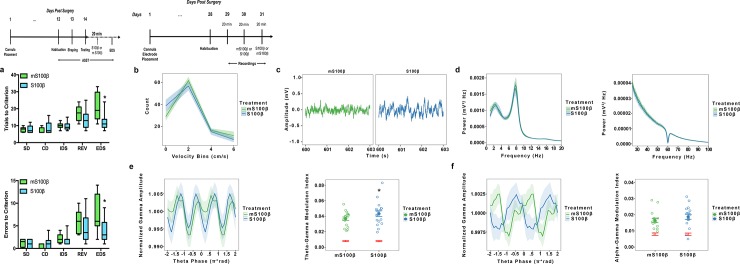Fig 7. Infusion of the astrocyte-specific Ca2+ binding protein S100β in the mPFC enhances cognitive flexibility and theta-gamma coupling.
To examine whether S100β facilitates cognitive function, rats were infused with either S100β (n = 12) or mS100β (n = 12), a mutated, nonfunctional form of S100β, in the mPFC 20 minutes before completing the extradimensional shift (EDS). To examine whether S100β infusion alters neuronal oscillations, a separate cohort of rats was infused with S100β followed by mS100β or vice versa (n = 18) in the mPFC and LFPs were recorded. A phase-amplitude coupling analysis was performed using within subject design to look at the role S100β plays in modulating the relationship between theta and gamma oscillations. Timelines for each experiment are provided above. For the behavioral experiment, the ASST occurred over 3 days, with the EDS performed on the last day. a. Rats infused with S100β required significantly fewer trials to reach criterion and made significantly fewer errors on the EDS compared to those infused with mS100β. b. A mixed effects model revealed no differences in movement across velocity bins. c. Raw LFP recordings from saline treated and L-AAA animals. d. Power spectra for low frequency ranges show no differences in the theta range. Power spectra for low frequency ranges show no differences in the gamma range. e. Phase amplitude coupling analysis plotting normalized gamma power as a function of theta phase. Permutation tests showed significant modulation above chance for both treatment conditions (red) with S100β significantly increasing theta-gamma modulation relative to mS100β controls, indicating that increasing S100β enhances theta-gamma coupling in the mPFC. * p < 0.05 compared to mS100β-infused. f. Phase amplitude coupling analysis plotting normalized gamma power as a function of alpha phase. Permutation results showed significant modulation about chance for both treatment conditions (red). S100β did not significantly increase alpha-gamma modulation relative to mS100β controls suggesting that S100β effects on neuronal oscillations may be specific to theta-gamma coupling in the mPFC.

